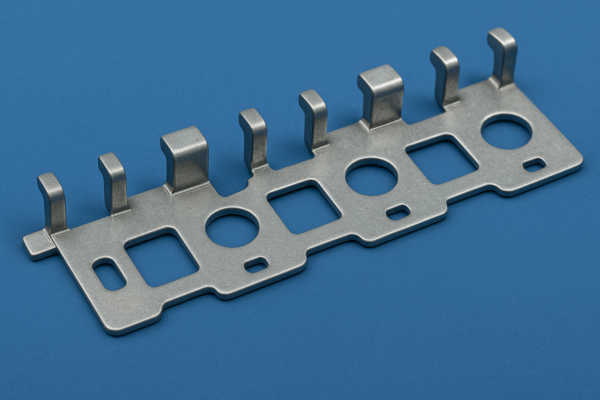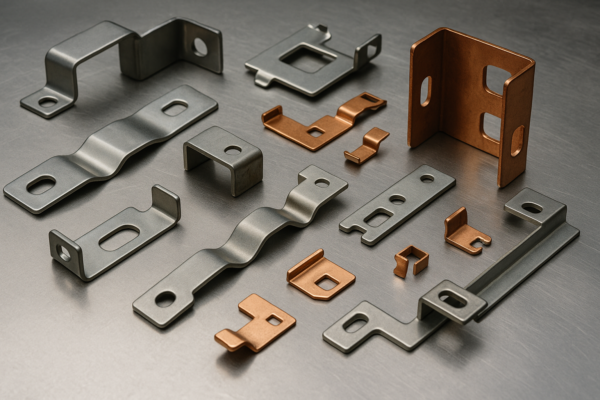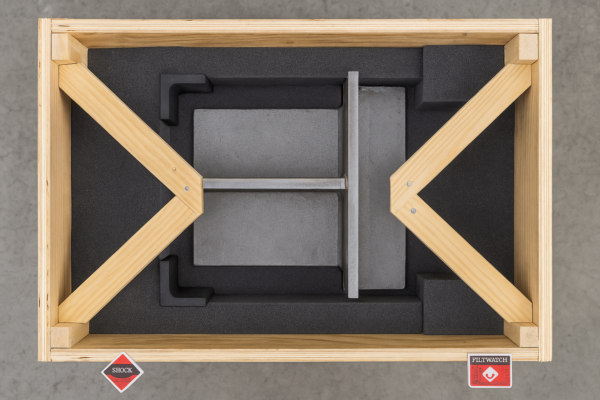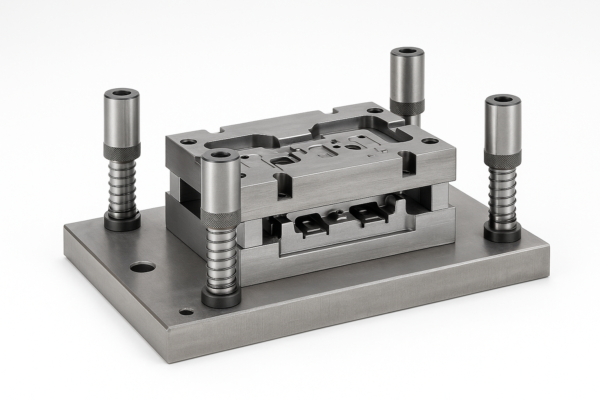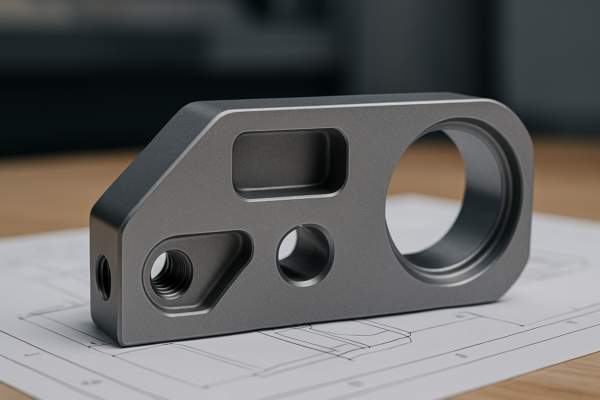What Does Stamping Really Mean?

Prime Custom Parts factory: high-speed metal forming underway.
"Stamping" is a versatile word. In some contexts, it suggests identity or authority; in others, it refers to a highly technical manufacturing method used to shape metal parts with precision and speed. This guide breaks down its meanings—from figurative language to practical production applications.
📚 Table of Contents
- Symbolic Use: What Does Stamping Someone Imply?
- In Industry: Understanding the Stamping Process
- Cultural Use: When Someone Says "Stamping on Me"
- Detailed Procedure in Manufacturing
- Applications Across Industries
- How Prime Adds Value to Your Project
- FAQs
- Get in Touch with Prime
Symbolic Use: What Does Stamping Someone Imply?
Kevin:
I’ve heard people say “She’s stamped as a leader.” What’s the idea behind that?
Leo:
Great question. In this context, it means to leave a symbolic or emotional imprint—usually a label that defines someone’s identity or perception. It can be both positive and negative.
Common Examples:
| Phrase | Meaning |
|---|---|
| Stamped as brave | Known for courage |
| Stamped as unreliable | Labeled as inconsistent or untrustworthy |
| Stamped with approval | Officially accepted or endorsed |
These expressions use “stamp” metaphorically—drawing from the idea of marking something permanently.
In Industry: Understanding the Stamping Process
Kevin:
Let’s talk shop. I’m sourcing components—how does this process actually work in metal forming?
Leo:
In manufacturing, it refers to forming metal sheets into functional shapes using dies and mechanical presses. It’s one of the most efficient methods to produce large volumes of identical components.

Tooling mounted in Prime’s progressive stamping press.
Core Operations:
- Blanking – Cutting flat shapes from sheet metal
- Bending – Folding parts into angles or curves
- Piercing – Creating holes or cutouts
- Embossing – Adding raised or recessed features
- Deep Drawing – Forming cylindrical or cup-like parts
Each method serves a specific function, depending on the final part’s design and application.
Cultural Use: When Someone Says "Stamping on Me"
Kevin:
I’ve also heard people say “They keep stamping on me.” What does that mean outside of the factory?
Leo:
That phrase is emotionally charged. It typically refers to someone feeling trampled on, disrespected, or overpowered. It implies repeated emotional harm or power imbalance.
Figurative Use Cases:
| Context | Interpretation |
|---|---|
| Workplace conflicts | Feeling ignored or undervalued |
| Toxic relationships | Being manipulated or emotionally hurt |
| Social injustice | Being oppressed by systems or groups |
Just like the action of stepping forcefully, this usage implies emotional weight or dominance.
Detailed Procedure in Manufacturing
Kevin:
Back to business—can you walk me through a full stamping workflow?
Leo:
Sure. From drawing to delivery, here’s how we typically manage metal part production at Prime:
The Full Workflow:
-
Design Consultation
- We start by reviewing your CAD files and tolerances. Our team suggests DFM improvements to reduce cost and increase tool life.
-
Tooling Development
- Using hardened steel and precision EDM equipment, we build dies based on your project scope—whether single-hit or progressive.
-
Material Handling
- We source coils or sheets (stainless steel, aluminum, brass, etc.) to match strength and corrosion requirements.
-
Press Setup
- The dies are installed in mechanical or hydraulic presses. Parameters like stroke, tonnage, and feed rate are configured.
-
Forming Process
- Metal is pressed into shape—reliably and repeatedly. Parts are checked for defects during the run.
-
Secondary Operations
- These include flanging, tapping, trimming, or welding, depending on your assembly needs.
-
Inspection & Logistics
- We finish with deburring, coating, inspection, and export-compliant packaging.
Applications Across Industries
Kevin:
Where is this process most useful?
Leo:
Pretty much everywhere that requires strong, scalable, and cost-effective parts.

Examples by Sector:
| Industry | Common Parts Produced |
|---|---|
| Automotive | Brackets, seat tracks, engine shields |
| Electronics | Battery plates, connectors, shielding cases |
| HVAC | Fan housings, duct support plates |
| Appliances | Washer hinges, microwave brackets |
| Telecom | RF shields, grounding clips |
How Prime Adds Value to Your Project
At Prime Custom Parts, we deliver more than parts—we deliver complete solutions. With over 20 years of experience, 10+ in-house lines, and ISO-certified QC systems, we’re your strategic partner for precision metal production.
Highlights:
- Rapid prototyping with soft tooling
- Custom logo or serial stamping available
- Short production lead times (7–12 days avg.)
- CE, RoHS, and REACH documentation support
- Global delivery (DDP, CIF, FOB options)
📧 Email us: [email protected]
🌐 Visit: https://primecustomparts.com
FAQs
Q1: How long does it take to build a stamping tool?
→ Typically 15–25 working days, depending on complexity.
Q2: Do you ship to North America and the EU?
→ Yes, we ship globally with full export documents.
Q3: Can you apply finishes like powder coating or plating?
→ Absolutely. We provide zinc plating, black oxide, anodizing, and more.
Q4: What’s the minimum quantity I can order?
→ We support small batches starting at 100 pcs with soft tooling.
Q5: How accurate are your parts?
→ Our standard tolerance is ±0.05 mm. For tighter specs, please consult our engineering team.
Get in Touch with Prime
Looking for high-quality stamped components with full technical support?
📩 Email: [email protected]
🌍 Website: https://primecustomparts.com
Request a quote, send a drawing, or book a free DFM consultation today.
Final Thoughts
While the word “stamping” can mean marking a person, expressing emotion, or shaping metal, it always implies impact—something deliberate, often permanent.
Whether you’re navigating language or manufacturing, understanding the context helps you take control. And when it comes to industrial solutions, Prime is here to stamp your success into every part we deliver.

